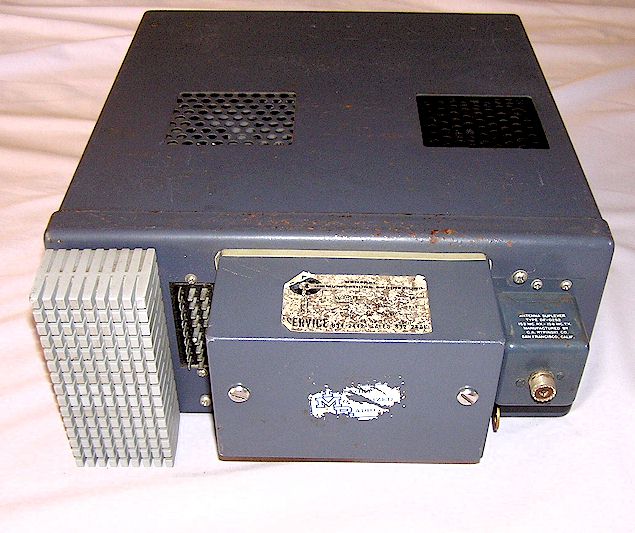
GE DTO- SERIES
MOBILE TELEPHONE
Here is an expanded set of photos of a typical GE DTO Series VHF radiotelephone. Note that there is rather a surprising variation in control head formats.
The typical radio "drawer" assembly is shown below. Note that almost standard Progress Line receiver and transmitter strip chassis are used, but with extra shielding, and that the cabinet has ventilation holes added, unlike the regular Progress Line. The duplexer mounted on the front panel is shown in close-up as well.

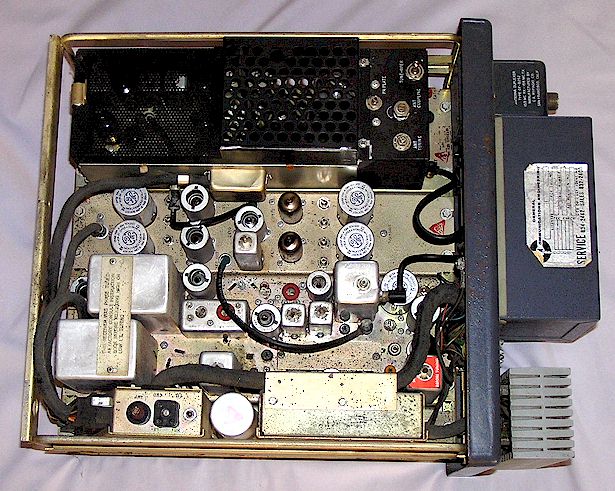
Note the extra shielding underneath each chassis compared to the standard Progress Line equipment:
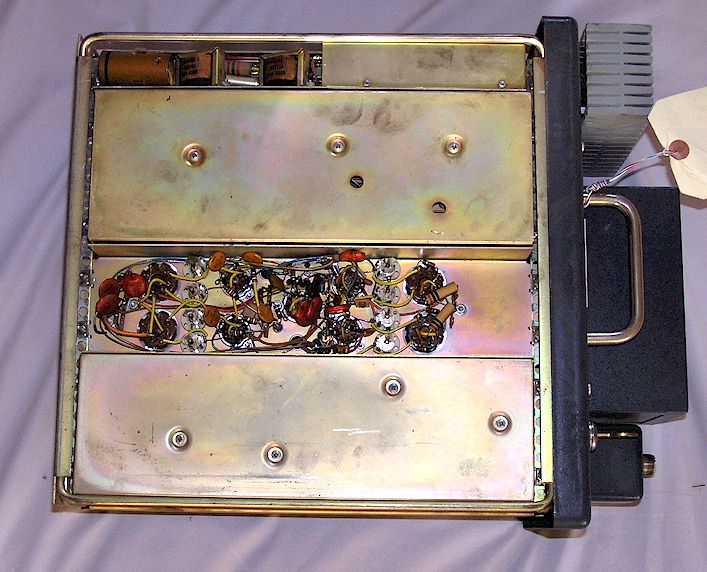
The duplexer, mounted on the
front panel, is shown below: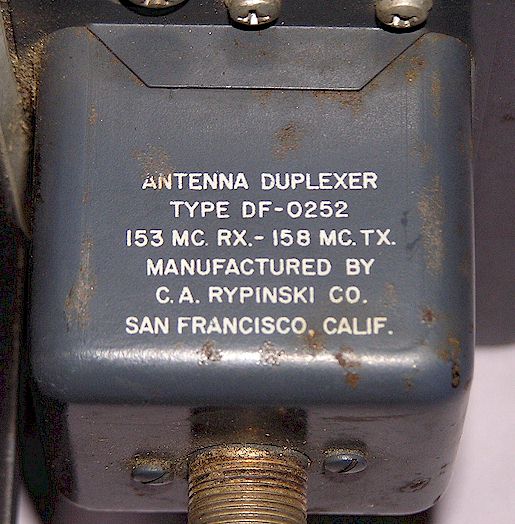
Secode rotary wheel decoder, located inside the metal box on the front panel, is shown below:
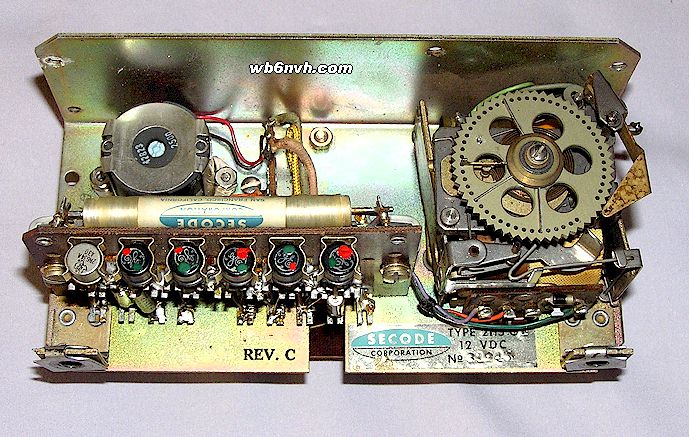
Note that the above radio drawer still has the remains of a "Factory Modernized Radio" decal. Equipment which had been refurbished by factory service centers was advertised and sold as a "Factory Modernized Radio." Presumably whatever upgrades and revisions had occurred since the original sale were also performed on the equipment.
CONTROL HEADS
A surprising variety of control heads existed. Some typical examples are shown below. The variations involved whether the "Busy" lamp and / or the push-in "Aux" switch were included. The Dial and Identified Dial DTD and DTR style heads also had a red pushbutton added immediately below the handset, which would send an "initiate" tone. The normal DTO- series head had a plug button in that hole.
Some heads have clear pushbuttons while others have solid gray ones. It is not clear which are the later style.
Typical DTO Series head with telephone number and home channel listed in number disc:
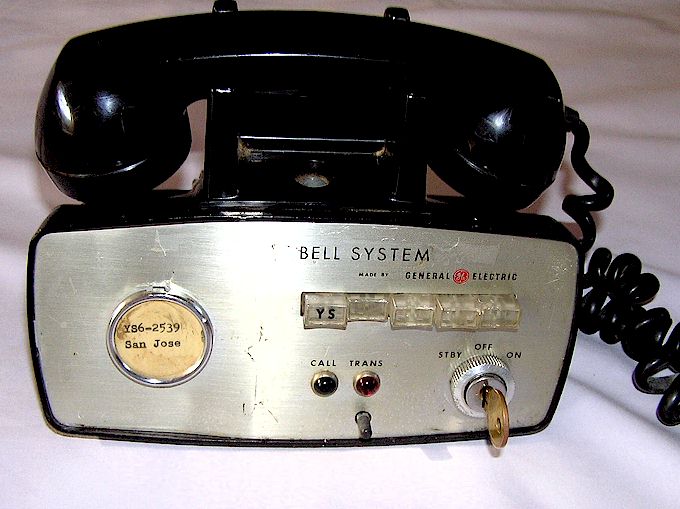
Another example. Note that this one has no "Aux" pushbutton and an overlay appears to have been placed on the panel where the "Busy" lamp hole would normally be located. Also note the backing plate behind the area of the disc:
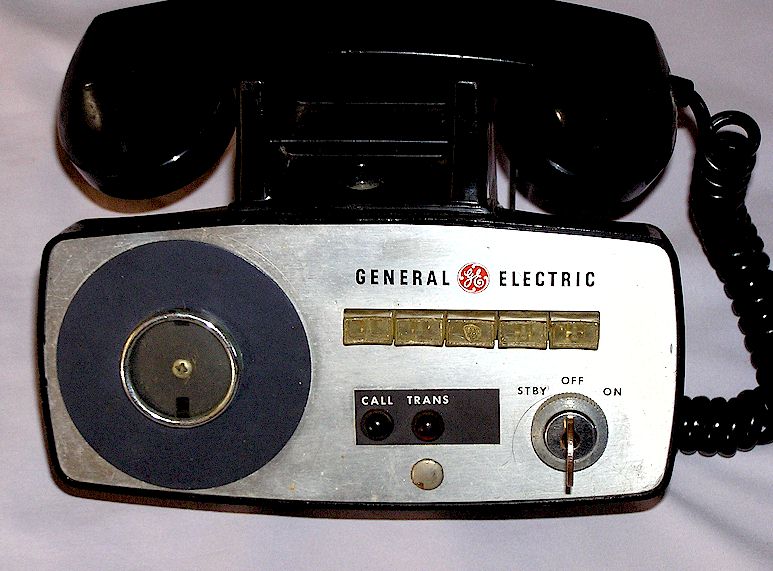
Control head modified for use in an RCC (private, non-Bell System) system. Note added "Busy" lamp and red button (purpose unknown) under handset cradle. The "Dial" and "Identified Dial" control heads have an "Initiate" button in this position. On this example, it may be a "Revert to home channel" button, which activates a small solenoid which places the head back into the Channel 1 status.
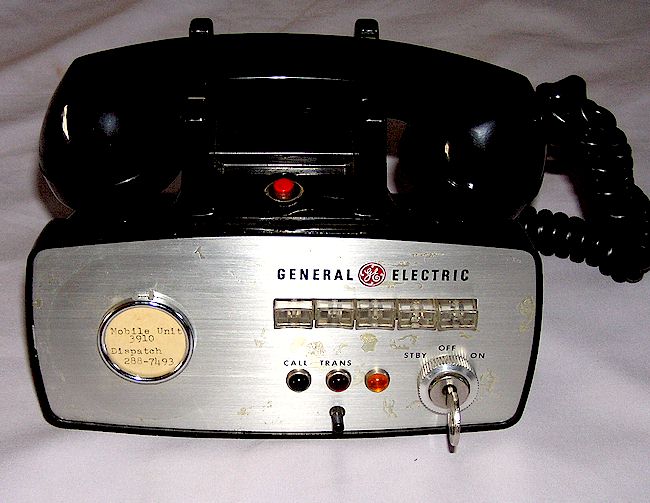
DTO Series Head, Northern California origin, Note BUSY lamp but no AUX switch:
"Dial" DTD Series Head From East Coast System:
Apparently GE was so excited about this new mobile telephone that they even commissioned a plate to be made:

Here's a model chart for this series mobile telephone:
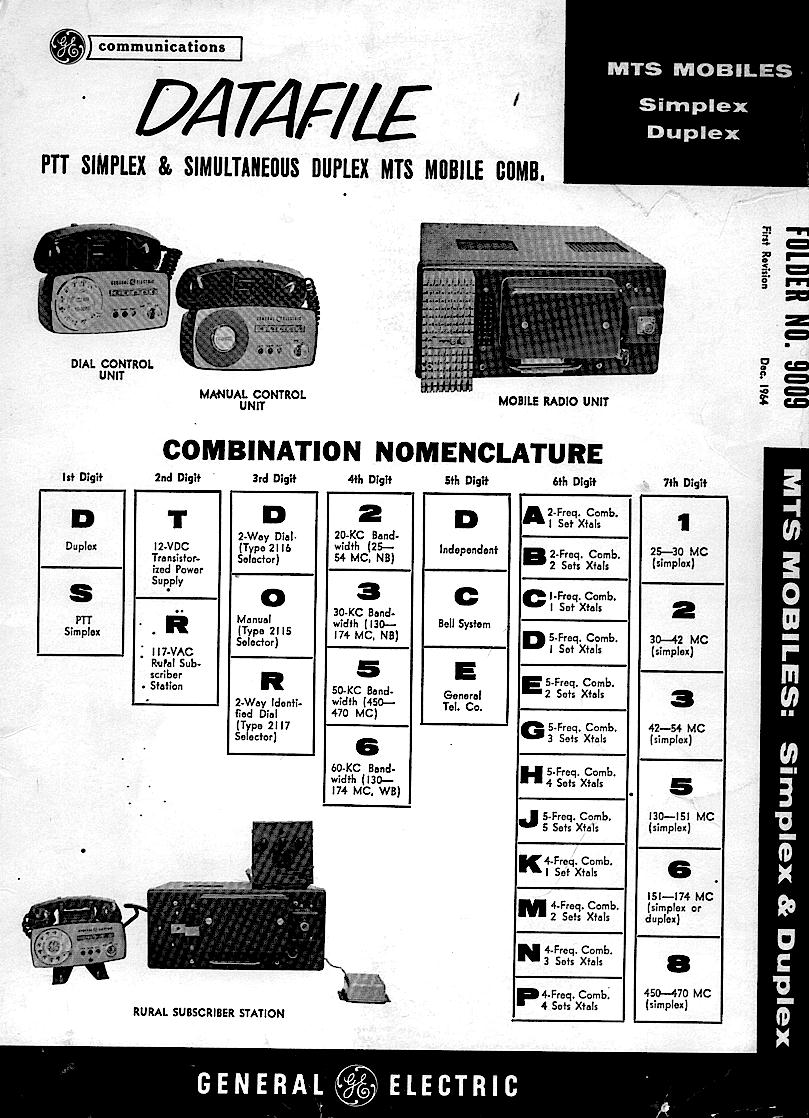
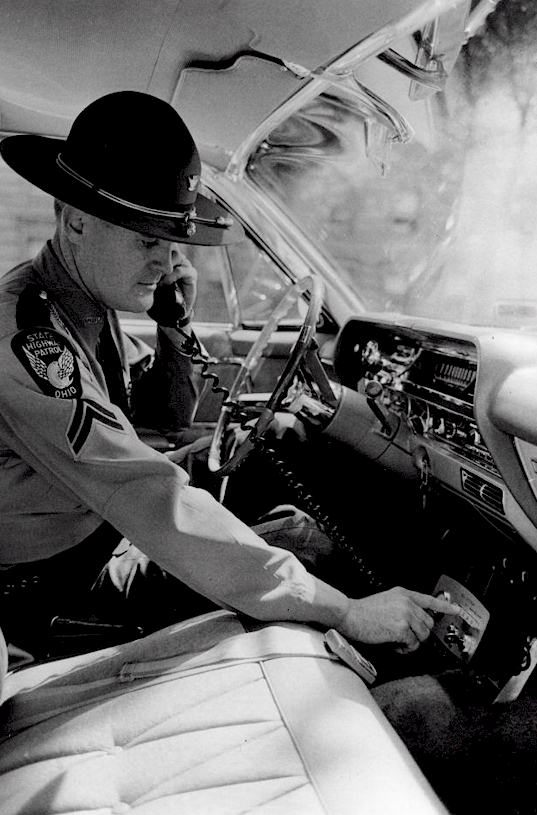
RETURN TO MOBILE TELEPHONE HISTORY MAIN PAGE
Ver. 5/6/2013 ęGeoffrey C. Fors 2009 All rights reserved